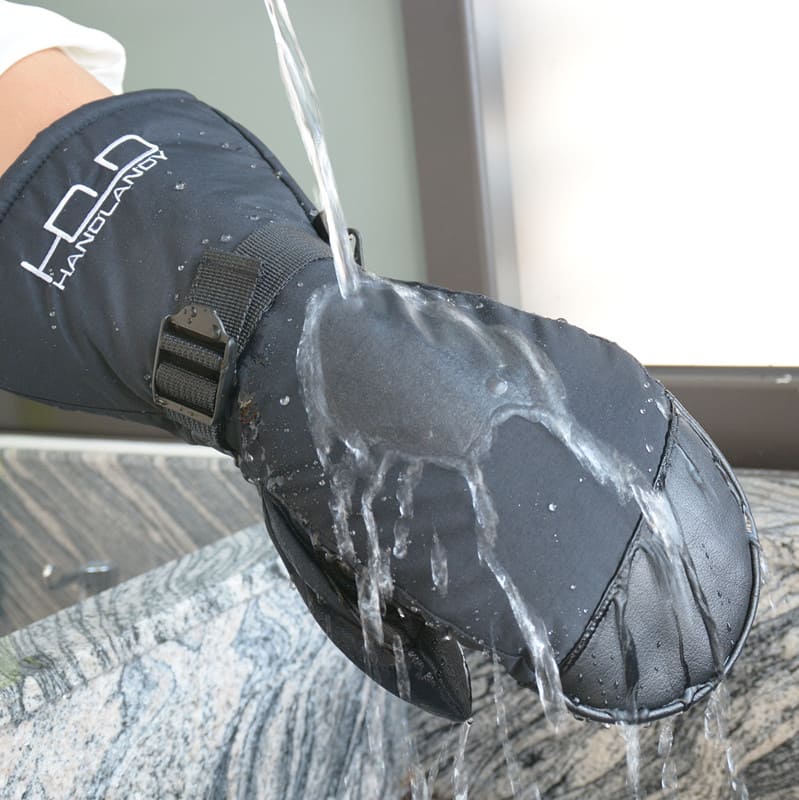When it comes to skiing, having dry and warm hands can make or break your experience. Waterproof linings in ski gloves prevent moisture from entering while maintaining breathability, ensuring comfort and performance in all conditions. Here’s a detailed look at how waterproof linings enhance ski glove functionality.
1. What Are Waterproof Linings?
Waterproof linings are layers inside ski gloves designed to keep water out while allowing sweat to escape. Common materials like Gore-Tex and Hipora achieve this by using microporous membranes that block water droplets but let vapor pass through.

2. Benefits of Waterproof Linings
Moisture Protection
Waterproof linings keep your hands dry by preventing snow, slush, and rain from seeping in. Dry hands are crucial for maintaining warmth and comfort.
Thermal Insulation
By keeping moisture out, waterproof linings preserve the insulating properties of gloves. Wet hands lose heat quickly, so a waterproof lining is essential for staying warm in cold conditions.
Enhanced Comfort
Dry gloves reduce the chances of irritation, blisters, or chafing, even during prolonged use.
| Feature | Benefit |
|---|---|
| Moisture Protection | Keeps hands dry and comfortable |
| Insulation | Prevents heat loss |
| Comfort | Reduces irritation and chafing |
3. How Waterproof Linings Improve Performance
Durability
Waterproof linings protect the glove’s materials from water damage, extending their lifespan.
Grip and Dexterity
By preventing moisture buildup, gloves maintain their flexibility and grip, allowing for precise control of ski poles and other equipment.
Breathability
High-quality waterproof linings balance protection and ventilation, keeping hands dry from both external moisture and internal sweat.
4. Choosing the Right Waterproof Ski Gloves
Material Quality
Select gloves with reliable waterproof materials like Gore-Tex, which provide a proven balance of waterproofing and breathability.
Fit and Comfort
A well-fitted glove ensures the waterproof lining functions effectively without restricting movement.
Intended Use
Consider the specific skiing conditions. For wet climates, prioritize waterproofing. For colder conditions, look for gloves with additional insulation.
5. Maintenance Tips for Waterproof Linings
Cleaning
Wash gloves using gentle methods to avoid damaging the lining. Avoid harsh detergents that could strip away waterproof properties.
Reproofing
Over time, reapply waterproof sprays to restore the glove’s resistance to moisture.
Storage
Store gloves in a cool, dry place to prevent mold or damage to the lining.
Conclusion
Waterproof linings are a game-changer for ski gloves, offering moisture protection, insulation, and breathability. They enhance performance by keeping hands dry and comfortable, ensuring you stay focused on the slopes. When choosing ski gloves, prioritize waterproof linings to get the most out of your gear.









